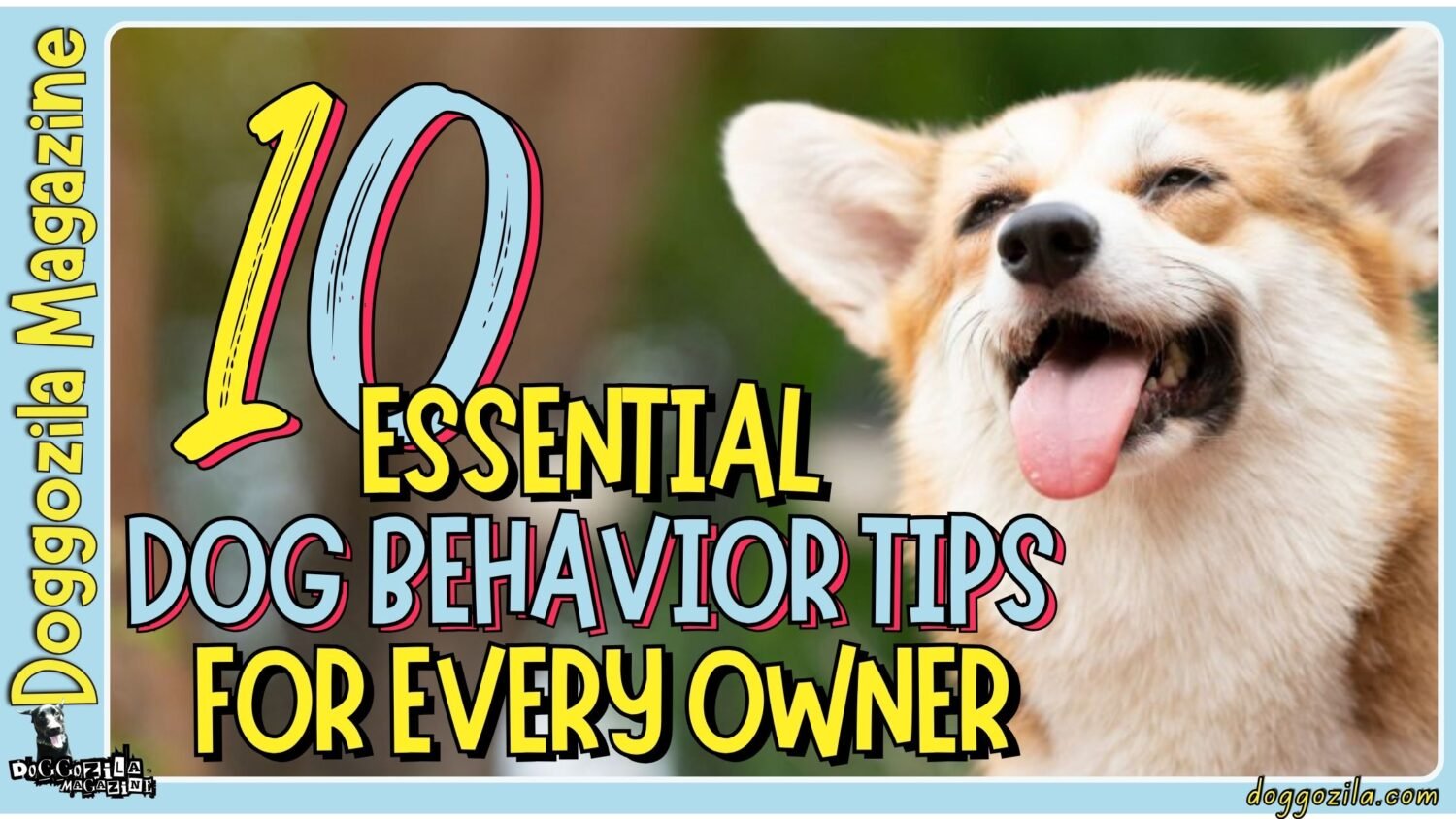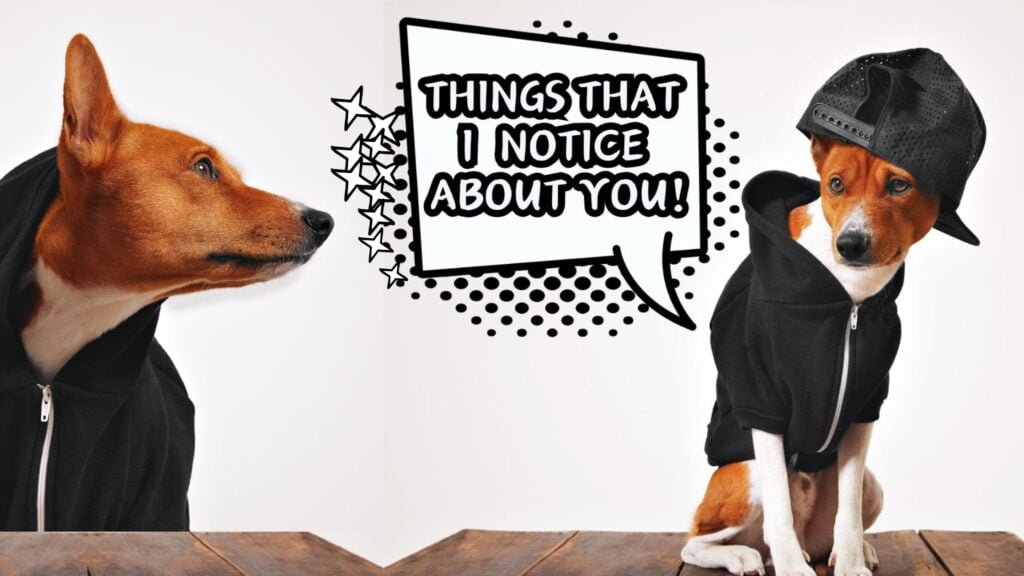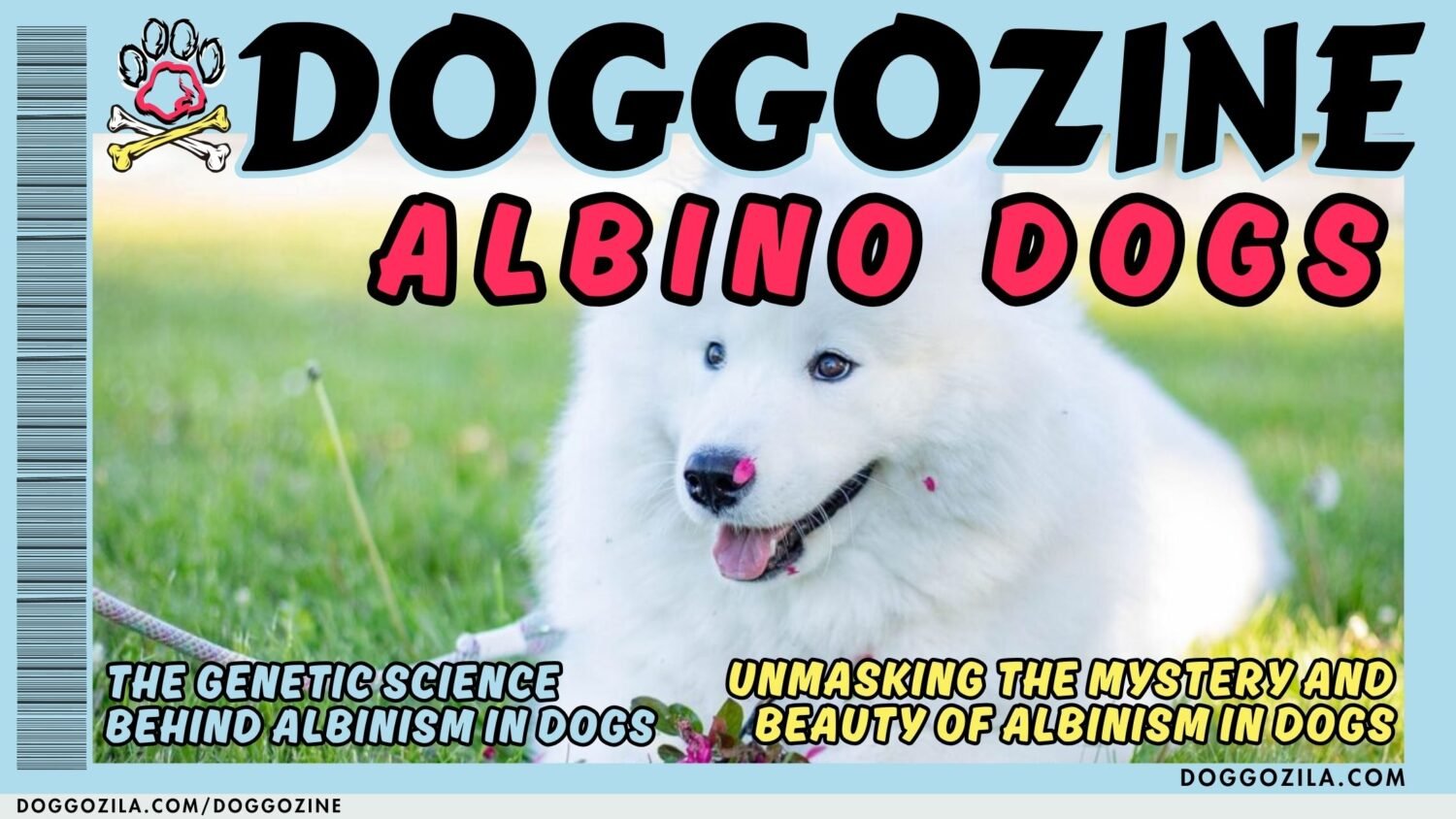Every puppy parent eventually faces those puzzling weeks when their once-bold furball suddenly becomes a trembling, uncertain mess. Understanding and properly navigating your puppy through these fear periods is crucial for raising a well-adjusted adult dog.
This comprehensive guide will walk you through recognizing, managing, and using these developmental phases to actually strengthen your pup’s confidence.

WHAT’S HAPPENING IN THE GROWING BRAIN OF PUPPIES?
Your puppy may experience several predictable fear periods during their mental development, typically around 8-11 weeks and again at 6-14 months. These phases represent critical neurological development when puppies become more aware of potential dangers in their environment.
While it may seem alarming to see your previously fearless pup suddenly startled by everyday objects, these periods are completely normal and actually serve an important evolutionary purpose.
The Science Behind the Puppy Fear Periods
During fear periods, the puppy brain is rapidly developing the ability to assess potential threats – a crucial survival skill. Neurological studies show increased activity in the amygdala (the brain’s fear center ) during these phases. Hormonal changes also occur, with stress hormones becoming more pronounced.
This biological shift causes puppies to react more strongly to novel stimuli. Research confirms that puppies who are properly supported through fear periods emerge with better coping skills and resilience. The key is exposing them to new experiences without overwhelming them, helping them learn that the world is generally safe.
Identifying Fear Periods Symptoms in Your Puppy
You’ll know your puppy has entered a fear period when they display sudden, intense reactions to things they previously ignored. Common signs include freezing in place, tucked tails, flattened ears, excessive barking at ordinary objects, or refusing to approach something familiar.
Some puppies may even back away from items they’ve encountered dozens of times before. These reactions typically last 2-3 weeks but can vary by individual. It’s crucial to distinguish fear period behavior from general anxiety or trauma responses, as the approach to handling them differs significantly.
Timing and Duration of Typical Fear Periods in Your Puppy
Most puppies experience two primary fear periods: the first at 8-11 weeks (often coinciding with rehoming ) and the second during adolescence (6-14 months ). The first period tends to be more pronounced as it’s the puppy’s initial experience assessing potential dangers.
The adolescent fear period often catches owners off guard as their “grown” puppy suddenly acts fearful again. Large breeds may experience these periods later than small breeds due to differing maturation rates. Each fear period typically lasts 2-3 weeks, but particularly sensitive pups may show effects for up to a month.
🔑 Key Points: During fear periods, the puppy brain is rapidly developing the ability to assess potential threats – a crucial survival skill. Neurological studies show increased activity in the amygdala and hormonal changes during these phases. The stress hormones are becoming more pronounced.

PROVEN STRATEGIES FOR NAVIGATING THE FIRST PUPPY FEAR PERIODS (8-11 WEEKS)
The initial fear period often coincides with a puppy’s transition to their new home, making it especially challenging. How you handle this critical window can significantly impact your pup’s lifelong confidence. The goal isn’t to eliminate fear (which is impossible and unhealthy ) but to teach constructive ways to process it.
Controlled Socialization: Quality Over Quantity
During the first fear period, socialization should continue but with heightened sensitivity to your puppy’s reactions. Focus on positive, controlled exposures rather than overwhelming them with novelty. For example, instead of visiting a busy dog park, arrange one-on-one play-dates with known, gentle dogs.
Introduce new people individually in quiet environments rather than at chaotic gatherings. Always let your puppy approach new things at their own pace, and keep sessions short (5-10 minutes of exposure followed by quiet time ). This builds positive associations without flooding their nervous system.
Creating Positive Associations with Novelty
Turn potentially scary experiences into opportunities for reward. Carry high-value treats (like small pieces of chicken or cheese) and generously reward calm investigation of new objects. If your puppy startles at something, resist the urge to coddle (which can reinforce fear ) but don’t force interaction either.
Instead, demonstrate the object is safe by casually interacting with it yourself, then reward any brave approaches from your pup. Gradually increase exposure intensity as they show comfort – for example, first seeing an umbrella from across the room, then closer, then open, then moving, etc.
Maintaining Routines and Safe Spaces
While introducing controlled novelty, preserve predictable routines for meals, naps, and potty breaks. Designate a “safe zone” (like a crate or quiet room ) where your puppy can retreat when overwhelmed. Avoid pushing them past their comfort limits – it’s better to end an exposure session on a positive note than to wait until they’re stressed.
Watch for signs of overstimulation (excessive yawning, lip licking, avoidance ) and respond by providing quiet time. Consistency during this period provides emotional security that balances necessary new experiences.
🔑 Key Points: During the first fear period, socialization should continue but with heightened sensitivity to your puppy’s reactions. Introduce new people individually in quiet environments rather than at chaotic gatherings.

FROM PUPPY TO ADOLESCENT FEAR PERIODS (6-14 MONTHS): UNIQUE CHALLENGES
Many dog owners are blindsided when their confident juvenile suddenly becomes fearful again during adolescence. This second fear period coincides with sexual maturity and another wave of neurological development. While the principles remain similar to the first fear period, there are some key differences in approach for teenage dogs.
Increased Independence Means Smarter Exposure
Adolescent dogs have stronger wills and more physical capability than puppies, requiring adjusted techniques. Continue socialization but respect their larger personal space needs. Use leash control to prevent overwhelming encounters while still allowing exploration.
Adolescent dogs benefit from more agency in approaching new things – try the “3-second rule“: let them investigate novel items for 3 seconds, then call them away for a reward before fear can build. This builds confidence through repeated positive short experiences rather than prolonged exposure.
Channeling Fear Periods into Training Opportunities for Your Puppy
Use the adolescent fear period to advance obedience training. When your dog notices something concerning, ask for a simple command they know well (like “sit“ ), then reward compliance. This redirects their focus from fear to a familiar, positive activity. Gradually increase difficulty by practicing commands closer to fear triggers.
This period is ideal for proofing commands in various environments as your dog’s heightened awareness makes them more attentive to you for guidance. Many dogs emerge from this phase with significantly better focus and self-control if handled properly.
Managing Regression in Previously Mastered Skills
Don’t panic if your adolescent dog suddenly seems to “forget” training or becomes fearful of things they’d previously mastered. This is normal during the puppy fear periods. Rather than frustration, respond with patient retraining. Keep sessions short and positive, returning to basics if needed.
Many adolescent dogs temporarily lose confidence in certain skills (like stair climbing or car rides ) – break these down into smaller steps and rebuild gradually. Avoid comparing their current abilities to pre-fear period performance, as this can create owner anxiety that the dog senses.
🔑 Key Points: Use the adolescent fear period to advance obedience training. This period is ideal for proofing commands in various environments as your dog’s heightened awareness makes them more attentive to you for guidance.

COMMON MISTAKES THAT WORSEN FEAR RESPONSES
Even well-meaning owners often unintentionally reinforce fearful behaviors during these sensitive periods. Being aware of these pitfalls can prevent long-term anxiety issues in your growing dog.
Overcomforting: When Reassurance Backfires
It’s natural to want to soothe a frightened puppy, but excessive comforting can actually reinforce fearful behavior. When owners pet, cuddle, or verbally reassure a dog during fearful moments, the dog interprets this as praise for being afraid.
Instead, model calm confidence – acknowledge the trigger neutrally (“Yes, that’s an umbrella” ), then redirect to a positive activity. Save affection and praise for moments of brave behavior. This teaches dogs that while their fear is noted, it’s not rewarded, while courage is.
Flooding: The Dangers of Overexposure
The opposite extreme – forcing a dog to confront fears head-on – can be equally damaging. Known as “flooding,” this approach overwhelms the dog’s coping mechanisms, potentially creating lasting trauma. Signs you’re pushing too hard include trembling, panting, hiding, or complete shutdown.
Instead, use systematic desensitization: gradual exposure starting at intensity levels that don’t provoke fear, then slowly increasing as the dog shows comfort. If your dog reacts fearfully, you’ve moved too fast – take a step back in intensity.
Inconsistent Responses Confuse Your Puppy and Prolong the Fear Periods
Your puppy thrives on predictability, especially during fear periods. Inconsistent reactions from owners (sometimes comforting, sometimes ignoring, sometimes scolding fear ) create confusion that exacerbates anxiety. Decide on a consistent strategy (like redirecting to commands followed by rewards ) and all family members should follow it.
Similarly, maintain consistent rules about allowed behaviors – permitting fearful avoidance sometimes but not others teaches dogs they can’t predict outcomes, increasing overall anxiety.
🔑 Key Points: Save affection and praise for moments of brave behavior. This teaches dogs that while their fear is noted, it’s not rewarded, while courage is.

BUILDING CONFIDENCE THROUGH PLAY AND TRAINING
Fear periods present golden opportunities to build lasting confidence in your puppy if approached strategically. These positive techniques turn developmental challenges into growth moments.
Confidence-Boosting Games
Incorporate simple games that reward bravery and problem-solving. “Find it” games where dogs search for treats build environmental confidence. Platform training (teaching dogs to stand on various surfaces ) expands comfort with novel footing.
Tunnel play with collapsible agility equipment teaches dogs to push through mild uncertainty for fun rewards. Always keep sessions short and end on successes. These games provide controlled challenges that demonstrate to dogs they can handle novelty safely.
Novelty Training for Resilience
Systematically introduce “scary” items in positive contexts. Keep a box of random objects (umbrellas, traffic cones, weird hats ) and incorporate them into training sessions.
First just have the object visible at a distance during normal training, then gradually incorporate it (having the dog sit beside it, then touch it, etc. ).
Rotate objects regularly so your dog generalizes that new things predict good outcomes. This conditions an automatic positive response to novelty rather than fear.
Socialization That Builds Confidence
Structure social experiences to guarantee success. Arrange “social walks” with balanced adult dogs where puppies can observe and interact at their own pace. Create positive exposure to various people by having them toss treats rather than immediately petting.
Use children specifically trained to interact appropriately with puppies. Quality socialization during the puppy fear periods focuses on creating positive associations rather than mere exposure quantity.
🔑 Key Points: Fear periods present golden opportunities to build lasting confidence in your puppy if approached strategically. Incorporate simple games that reward bravery and problem-solving.

WHEN TO SEEK PROFESSIONAL HELP FOR THE PUPPY FEAR PERIODS
While your puppy navigates the fear periods with your support, some cases require expert intervention. Recognizing these situations prevents small issues from becoming big problems.
Signs Your Puppy Needs Extra Support to Overcome the Fear Periods
Consult a professional if fear responses escalate rather than improve over 3-4 weeks, if your puppy stops eating or sleeping normally due to anxiety, or shows aggression (growling/snapping ) in fearful situations.
Puppies who remain frozen in fear for extended periods or who generalize fear to many stimuli may need behavioral intervention. Early help is crucial – fears left unaddressed during developmental periods often become permanent.
Choosing the Right Professional
Look for certified behavior consultants (IAABC ) or veterinary behaviorists for fear-related issues. Avoid trainers who recommend harsh corrections for fearful behavior, as this often worsens problems.
A good professional will create a customized desensitization plan and teach you how to implement it gradually. Medication is rarely needed for normal puppy fear periods but may help extreme cases when combined with behavior modification.
The Role of Veterinary Checkups
Sudden behavioral changes sometimes stem from physical issues. Rule out pain, neurological problems, or illness before attributing behavior solely to puppy fear periods.
Puppies with chronic discomfort may appear excessively fearful as they associate movement or handling with pain. Regular vet checks ensure you’re addressing the true root of behaviors.
🔑 Key Points: Consult a professional if fear responses escalate rather than improve over 3-4 weeks. ook for certified behavior consultants (IAABC) or veterinary behaviorists for fear-related issues.

SUCCESS STORIES FROM PUPPY FEAR PERIODS: FROM FEARFUL TO FEARLESS
Real-world examples prove that proper handling of the puppy fear periods creates remarkably confident adult dogs. These case studies illustrate transformative results.
The Terrified Terrier Who Became a Therapy Dog
A Cairn Terrier named Oliver spent his first fear period hiding from everything – vacuum cleaners, sidewalk grates, even his food bowl if it moved unexpectedly. His owners implemented a strict program of positive exposures, starting with just seconds per day.
At 3 years old, Oliver now works as a therapy dog in children’s hospitals, confidently navigating elevators, medical equipment, and crowds – proof that early fears can transform into strengths with patience.
The Rescue Pup Who Learned to Trust
A street dog rescue named Luna entered her new home during peak fear period, reacting to every sound and movement. Her adopters used “pattern games” (predictable treat sequences ) to build confidence.
Within months, Luna earned her AKC Canine Good Citizen title. Her case demonstrates how structured routines can help even traumatized dogs overcome developmental fears.
The Show Dog Who Conquered the Ring
A champion-bound Golden Retriever named Duke froze in terror during his adolescent fear period when faced with show ring noises. His handler used counter conditioning with recorded sounds at gradually increasing volumes.
Duke not only returned to showing but became notably more focused than peers who hadn’t faced similar challenges, proving that properly navigated fear periods can actually enhance performance.
The Pandemic Puppy Who Adapted
Many “COVID puppies” missed crucial early socialization. One Labradoodle named Mochi was terrified of all outdoor environments at 6 months.
Through careful “environmental shaping” (starting in quiet spaces and slowly adding complexity ), she transformed into an adventurous hiking companion. Her story offers hope for puppies who miss early socialization windows.
Embrace the Journey of Puppy Fear Periods to Fearful and Confident Dogs
Puppy fear periods, while challenging, are temporary phases that offer incredible opportunities to shape your dog’s lifelong temperament. By understanding these developmental stages as natural and necessary, responding with patient consistency, and celebrating small victories, you’ll guide your pup toward resilient confidence.
Remember that every fearful moment overcome together strengthens your bond and your dog’s trust in your guidance. The scared puppy who hides from a cardboard box today could become the bold adventurer exploring new trails with you tomorrow – with the right support through these crucial growing pains.
We often see the abandoned pups on our streets, that is why our magazine often offer a hand to these abused dogs. So, we want to ask all of you, that might read this article, if you see some of these unlucky dogs, offer them the minimum at least, that is water and maybe few cents food, but the most important is to call for help at your local shelter!
Let’s try the first step, and that is to learn how to help an abused dog!










